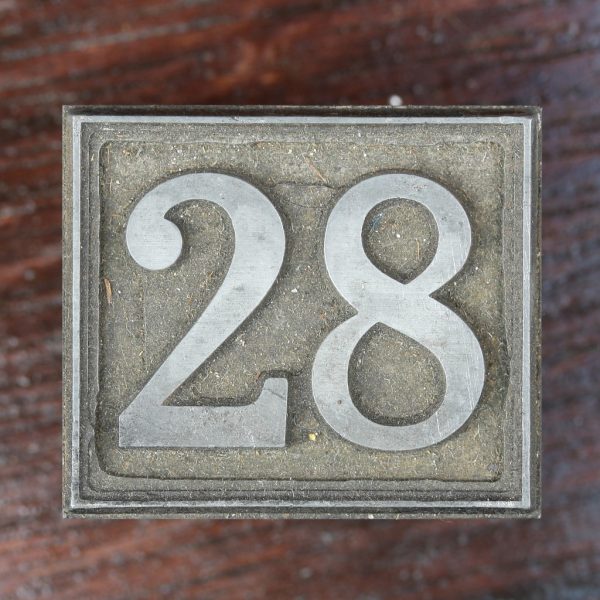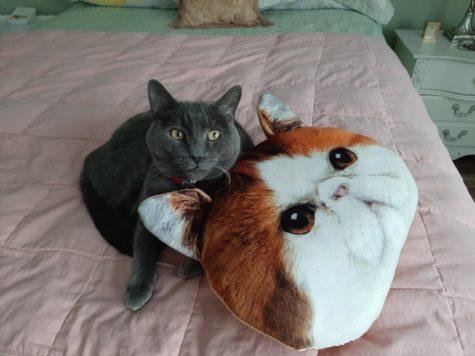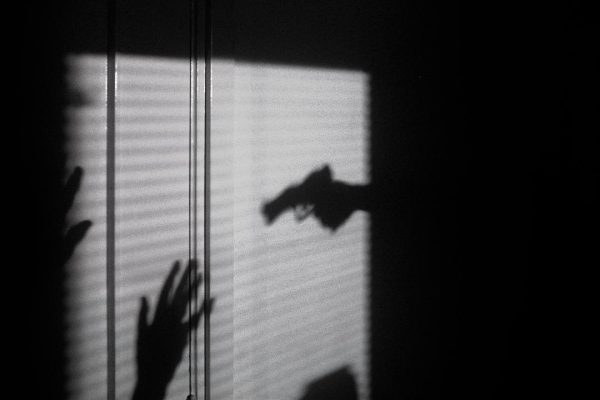Hummingbirds, Part 1 of 3
September 3, 2022

The day typified any sunny, warm afternoon in my former Arizona yard, until it didn’t. All of a sudden, a flutter of hummingbird wings alerted me to something unusual, and mystifying.
My daily routine included filling two hummingbird feeders, front and back, with fresh sugar-water “nectar.” At first, a feeder was placed near my front door opposite an ornamental tree where a female Costa’s hummingbird began to rest in the morning sun. The feeder attracted other hummingbirds who seemed to fight with each other. A second feeder was placed in a tree near my back patio, but the hummers flew back and forth over my house, each defending against the other sipping from “its” feeder.
One morning as I placed a freshly prepared feeder near my front door, a hummingbird spectacle caught my attention. The acrobatic flight patterns of two courting Costa’s, dancing against the bright blue sky, presented a glorious and stunning display. The male flew forward, backward, upside down, and dived to impress the hovering female. By the next morning, the female was constructing a nest in my ornamental tree. She collected her building materials, held together with a tangle of fresh spider webs, which allowed the thimble-shaped nest to expand after her eggs hatched and her offspring grew before fledging at three weeks.
Observing her build her nest showed the methodical process as she tucked each piece together, then pushed the material in place with her beak and feet. The final luxury involved the collection of down to line the nest, a soft place to lay her two white eggs the size of coffee beans. Hummers are born naked and blind, and the down-lined nest protects them from the elements while their mother flies away in search of insects, collects them, then regurgitates into the mouths of her babies. Hummers are born without their iconic long beaks which develop as they grow feathers.
The two-week countdown began, watching and waiting for the eggs to hatch, hoping a predator did not grab them for a snack. One bird broke its shell, and the next day the second bird popped out. The only time the babies were left unattended occurred after the sun warmed their nest and the two babies snuggled together. Feeding times increased as the days progressed. Fledging occurred one morning when the sibling hummers perched together on the small metal rim of my front patio chair. The boy hummer spread his wings, and the younger girl tried to imitate but teetered instead. After several failed attempts, they both flew to the feeder, taking turns sipping nectar. Then they were off somewhere, returning for sips of nectar as they matured, before blending in with the other hummers around the neighborhood.
Then it happened! A flurry of feathers, darting and diving hummers, seemingly attacking a hummer in my palm tree. Fascinated, I observed them until I realized the reason for the hummers’ odd behavior. I grabbed a gardening glove and walked slowly toward the hummers, still flying in a frenzy. A hummer’s wings were caught between palm fronds and the other hummers were trying to free it, not kill it. I carefully disengaged the struggling hummer, held it in my glove for a few seconds and laid it on the ground. Curious, the other hummers dived on it and I thought the hummer was dead, but it opened its eyes, fluffed its feathers, and flew into the afternoon sun. Satisfied, the other hummers abandoned me, all except Junior, the little boy hummer, who had selected my yard as his year-round territory.
# # # #
Artwork
Procured by CB – free downloaded from Pexels
https://www.pexels.com/photo/a-humming-bird-perched-on-a-string-light-6371048/
Photo credit: Photo by Joseph Vogel




















